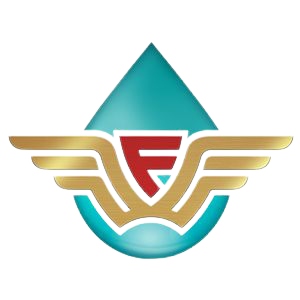CEREBRAL PALSY
Cerebral palsy (CP) is a group of permanent movement disorders that appear in early childhood or at birth. Often, symptoms include poor coordination, stiff muscles, weak muscles, and tremors. There may be problems with sensation, vision, hearing, swallowing, and speaking. Cerebral palsy is caused by abnormal development or damage to the parts of the brain that control movement, balance, and posture, and is the most common movement disorder in children.
STEPS approach: Try and maximize the person’s level of independence and community integration. We provide a tailor made approach to the person’s treatment. Those treatments can include, but are not limited to: improving gait, walking, balance, coordination, arm and hand function, speech, cognition as well as spasticity reduction.
STROKE PATIENTS
A stroke is a “brain attack”. It can happen to anyone at any time. It occurs when blood flow to an area of brain is cut off. When this happens, brain cells are deprived of oxygen and begin to die. When brain cells die during a stroke, abilities controlled by that area of the brain such as memory and muscle control are lost. There are two main types of stroke: ischemic, due to lack of blood flow, and haemorrhagic, due to bleeding. It is very important that treatment starts as soon as possible after a stroke.
STEPS approach: to return patients to ’normal life’ as much as possible and as soon as possible after a stroke. Re-learning and re-training the skills of every day life, through tailor made therapy and at the same time preventing secondary implications.
MULTIPLE SCLEROSIS
Multiple sclerosis, or MS, is a long-lasting disease that can affect your brain, spinal cord, and the optic nerves in your eyes. It can cause problems with vision, balance, muscle control, and other basic body functions. The effects are often different for everyone who has the disease. MS happens when your immune system attacks a fatty material called myelin, which wraps around your nerve fibres to protect them. Without this outer shell, your nerves become damaged. Scar tissue may form.
STEPS approach: determine the best treatment for each patient individually. MS treatment is intense, effective and aims to allow all functionality to return after an attack as well as prevent disability.
SPINAL CORD INJURY
A spinal cord injury (SCI) is damage to the spinal cord that causes temporary or permanent changes in its function. Symptoms may include loss of muscle function, sensation, or autonomic function in the parts of the body served by the spinal cord below the level of the injury. For people who experienced a spinal cord injury, it might seem like every aspect of their life has been affected, mentally, emotionally and socially.
STEPS approach: The treatment is highly dependent on the level or the severity of injury. Overall the aim for rehabilitation of spinal cord injury patients is to functionally recover and re-claim independence in everyday life, employment and recreational life.
PARKINSON’S DISEASE
Parkinson's disease (PD) is a neurodegenerative disorder that affects predominately dopamine-producing (“dopaminergic”) neurons in a specific area of the brain called substantia nigra. ... People with PD may experience: Tremor, mainly at rest and described as pill rolling tremor in hands.
STEPS approach: depending on what stage the PD is at, rehabilitation is focused on maintaining the highest possible quality of life for the longest period possible. Rehabilitation therapy aims to maintain and improve flexibility, mobility, strength, range of motion, gate speed and strid length.
ACQUIRED BRAIN INJURY
Acquired brain injury (ABI) is brain damage caused by events after birth, rather than as part of a genetic or congenital disorder. ABI can result in cognitive, physical, emotional, or behavioural impairments that lead to permanent or temporary changes in functioning. There is no known cure for chronic neurological deficits due to acquired brain injury or traumatic brain injury. Treatments should start as soon as possible.
STEPS approach: The goal of the rehabilitation is to train the patient to regain a normal life to the best of his/her abilities by regaining and relearning the skills of everyday life. In order to have the best results possible for acquired brain injury patients it is important to start rehabilitation therapy as soon as possible.
And we offer also rehabilitation therapy for:
- Depression
- Communication disorder
- Traumatic brain injury



